About WANNACASH NCOV virus
WANNACASH NCOV is a file-encrypting malware, known as ransomware in short. It is possible you’ve never encountered this type of malicious program before, in which case, you might be especially shocked. Strong encryption algorithms are used to encrypt your files, and if yours are indeed locked, you will be unable to access them any longer. Because data decryption is not possible in all cases, in addition to the effort it takes to return everything back to normal, ransomware is considered to be one of the most dangerous malicious software out there. 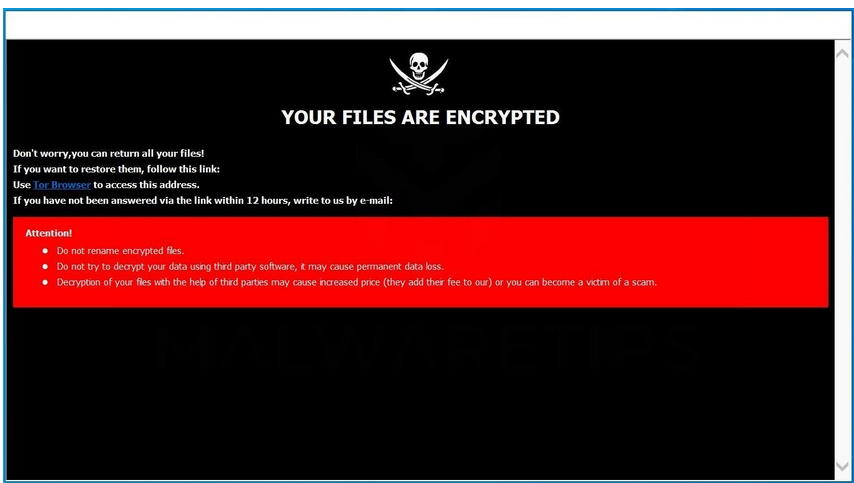
There’s also the option of buying the decryptor from cyber criminals but for reasons we will mention below, that would not be the best choice. There are a lot of cases where paying the ransom doesn’t lead to file decryption. We would be surprised if crooks did not just take your money and feel obligation to aid you with restoring data. That money would also finance future activities of these crooks. Do you really want to support the kind of criminal activity that does damage worth billions of dollars. People are attracted to easy money, and the more victims comply with the requests, the more appealing file encoding malicious software becomes to those types of people. Investing that money into backup would be better because if you ever come across this type of situation again, you could just recover files from backup and not worry about their loss. If you had backup available, you may just uninstall WANNACASH NCOV virus and then restore files without being anxious about losing them. And if you’re wondering how the ransomware managed to corrupt your computer, we will explain how it spreads in the paragraph below.
How to avoid a ransomware infection
Ransomware generally travels via methods such as email attachments, harmful downloads and exploit kits. Because people are pretty careless when dealing with emails and downloading files, it’s usually not necessary for file encrypting malware spreaders to use more elaborate methods. That is not to say more elaborate methods are not popular, however. All hackers need to do is claim to be from a real company, write a plausible email, add the malware-ridden file to the email and send it to possible victims. Those emails often discuss money because due to the delicacy of the topic, users are more prone to opening them. Commonly, criminals pretend to be from Amazon, with the email alerting you that there was suspicious activity in your account or some type of purchase was made. There are certain signs you need to be on the lookout for before opening files added to emails. First of all, if you don’t know the sender, check their identity before you open the file attached. Do no make the mistake of opening the attached file just because the sender sounds legitimate, you first need to check if the email address matches the sender’s actual email. Look for obvious grammar mistakes, they are usually glaring. Another common characteristic is the lack of your name in the greeting, if someone whose email you should definitely open were to email you, they would definitely use your name instead of a general greeting, referring to you as Customer or Member. It’s also possible for ransomware to use weak spots in systems to infect. Vulnerabilities in software are regularly found and vendors release updates so that malware authors can’t exploit them to contaminate systems with malicious programs. Unfortunately, as shown by the WannaCry ransomware, not all people install updates, for one reason or another. You’re recommended to frequently update your software, whenever a patch becomes available. Updates can be set to install automatically, if you don’t wish to bother with them every time.
What can you do about your data
Your files will be encrypted as soon as the file encrypting malicious software gets into your computer. You might not notice at first but when you cannot open your files, it’ll become obvious that something has occurred. You’ll see that a file extension has been attached to all files that have been encoded, which can help identify the file encrypting malware. It ought to be mentioned that, file decryption might be impossible if the data encoding malicious software used a powerful encryption algorithm. You’ll be able to notice a ransom note which will clarify that your data has been encrypted and how you could recover them. A decryption software will be proposed to you, in exchange for money obviously, and hackers will claim that using other data recovery options could harm them. A clear price should be shown in the note but if it is not, you will have to email cyber crooks via their given address. For the reasons we have already mentioned, paying isn’t the option malware researchers suggest. Before you even consider paying, try all other options first. Maybe you just don’t remember creating copies. Or maybe there is a free decryptor. A decryption tool might be available for free, if the ransomware was decryptable. Take that into consideration before you even think about giving into the demands. A wiser investment would be backup. If you made backup before the infection, you can restore data after you delete WANNACASH NCOV virus. Become aware of how a data encoding malicious software is distributed so that you do your best to avoid it. Ensure you install up update whenever an update is available, you don’t randomly open files attached to emails, and you only download things from sources you know to be legitimate.
WANNACASH NCOV removal
So as to get rid of the data encrypting malware if it’s still present on the system, use ransomware. When attempting to manually fix WANNACASH NCOV virus you may cause additional damage if you aren’t the most computer-savvy person. Instead, we encourage you use an anti-malware tool, a method that wouldn’t put your computer in danger. These types of programs are developed with the intention of detecting or even blocking these types of infections. Find which malware removal software is most suitable for you, install it and permit it to perform a scan of your device to locate the infection. It ought to be said that an anti-malware program is meant to fix WANNACASH NCOV and not to unlock WANNACASH NCOV files. After the file encoding malware is gone, it is safe to use your computer again.
Offers
Download Removal Toolto scan for WANNACASH NCOVUse our recommended removal tool to scan for WANNACASH NCOV. Trial version of provides detection of computer threats like WANNACASH NCOV and assists in its removal for FREE. You can delete detected registry entries, files and processes yourself or purchase a full version.
More information about SpyWarrior and Uninstall Instructions. Please review SpyWarrior EULA and Privacy Policy. SpyWarrior scanner is free. If it detects a malware, purchase its full version to remove it.

WiperSoft Review Details WiperSoft (www.wipersoft.com) is a security tool that provides real-time security from potential threats. Nowadays, many users tend to download free software from the Intern ...
Download|more


Is MacKeeper a virus? MacKeeper is not a virus, nor is it a scam. While there are various opinions about the program on the Internet, a lot of the people who so notoriously hate the program have neve ...
Download|more


While the creators of MalwareBytes anti-malware have not been in this business for long time, they make up for it with their enthusiastic approach. Statistic from such websites like CNET shows that th ...
Download|more
Quick Menu
Step 1. Delete WANNACASH NCOV using Safe Mode with Networking.
Remove WANNACASH NCOV from Windows 7/Windows Vista/Windows XP
- Click on Start and select Shutdown.
- Choose Restart and click OK.

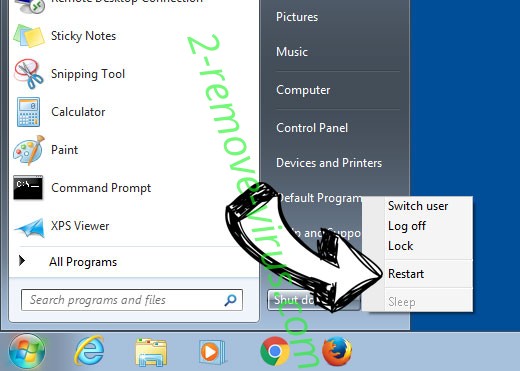
- Start tapping F8 when your PC starts loading.
- Under Advanced Boot Options, choose Safe Mode with Networking.

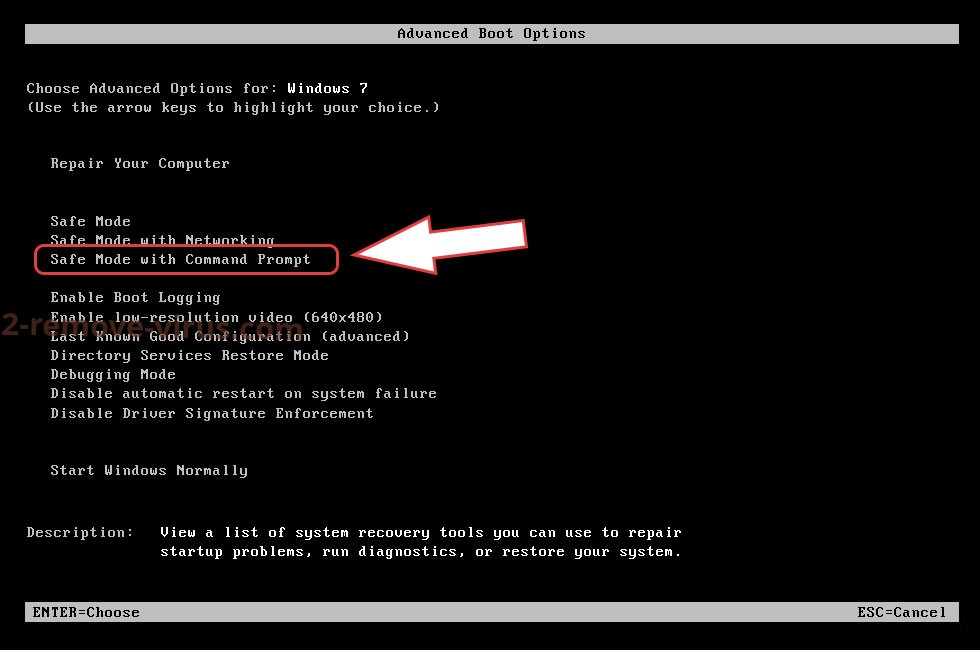
- Open your browser and download the anti-malware utility.
- Use the utility to remove WANNACASH NCOV
Remove WANNACASH NCOV from Windows 8/Windows 10
- On the Windows login screen, press the Power button.
- Tap and hold Shift and select Restart.

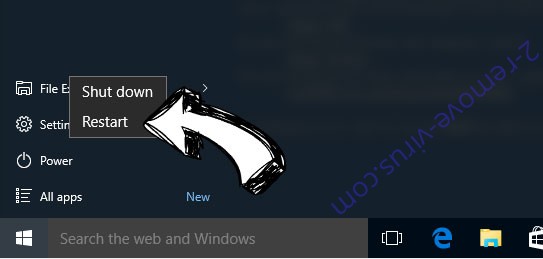
- Go to Troubleshoot → Advanced options → Start Settings.
- Choose Enable Safe Mode or Safe Mode with Networking under Startup Settings.

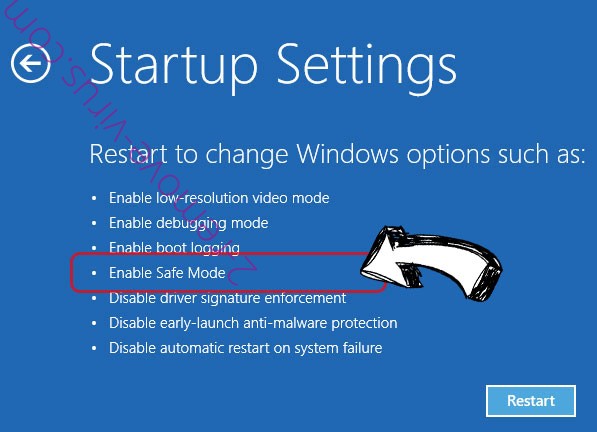
- Click Restart.
- Open your web browser and download the malware remover.
- Use the software to delete WANNACASH NCOV
Step 2. Restore Your Files using System Restore
Delete WANNACASH NCOV from Windows 7/Windows Vista/Windows XP
- Click Start and choose Shutdown.
- Select Restart and OK


- When your PC starts loading, press F8 repeatedly to open Advanced Boot Options
- Choose Command Prompt from the list.

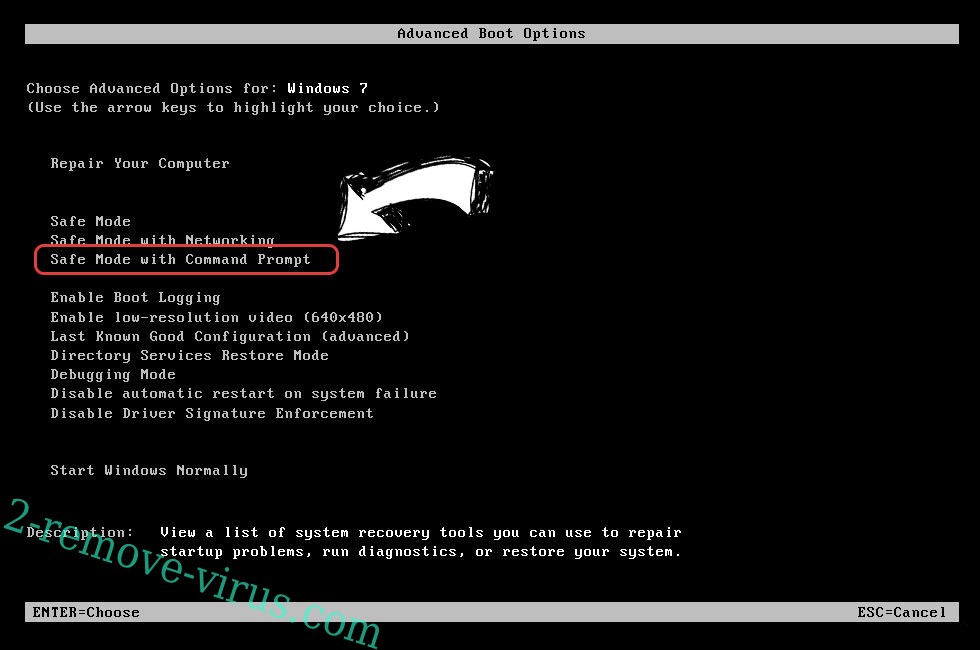
- Type in cd restore and tap Enter.

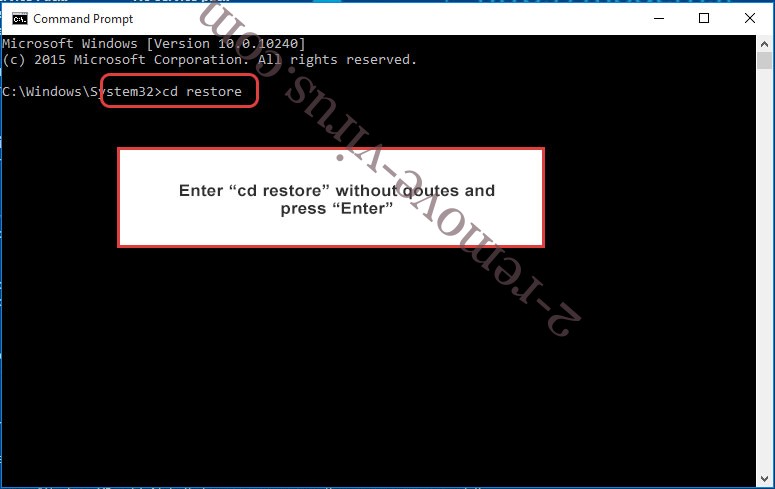
- Type in rstrui.exe and press Enter.

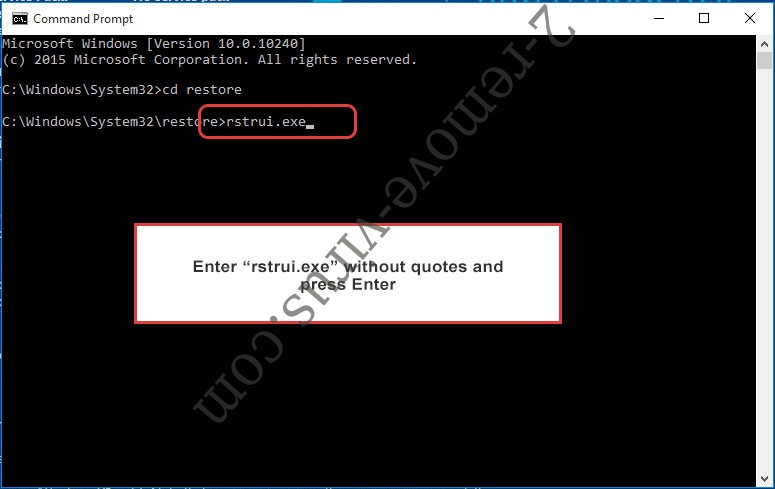
- Click Next in the new window and select the restore point prior to the infection.

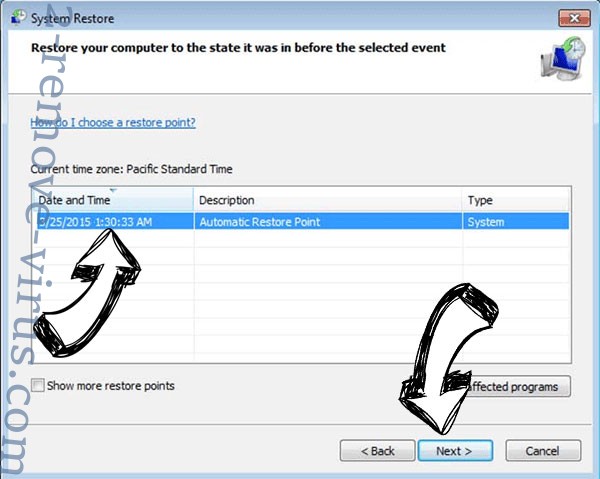
- Click Next again and click Yes to begin the system restore.

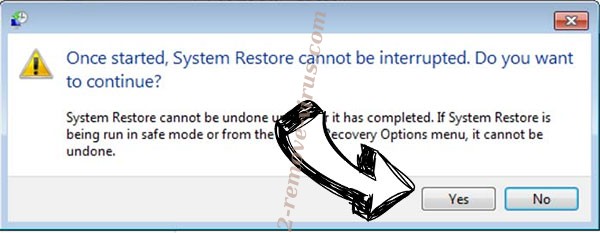
Delete WANNACASH NCOV from Windows 8/Windows 10
- Click the Power button on the Windows login screen.
- Press and hold Shift and click Restart.


- Choose Troubleshoot and go to Advanced options.
- Select Command Prompt and click Restart.

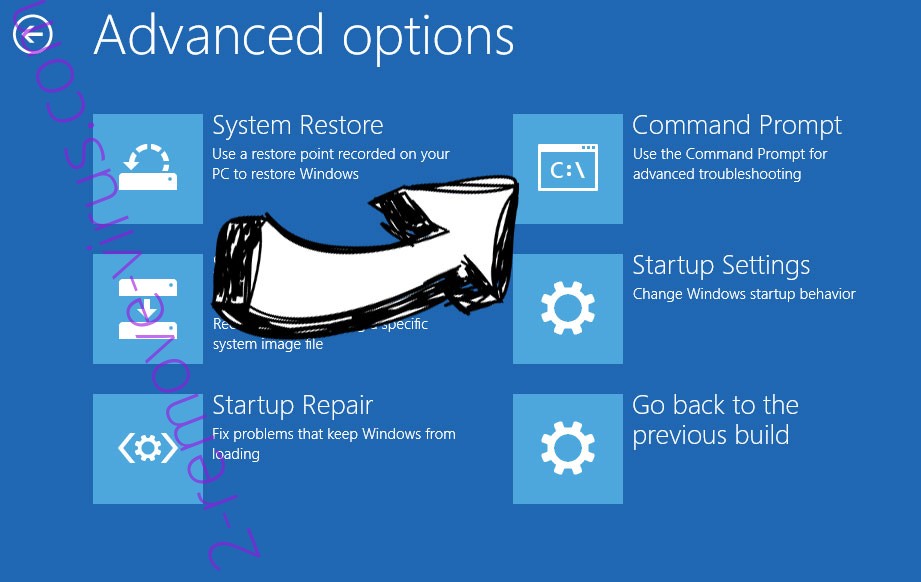
- In Command Prompt, input cd restore and tap Enter.


- Type in rstrui.exe and tap Enter again.


- Click Next in the new System Restore window.

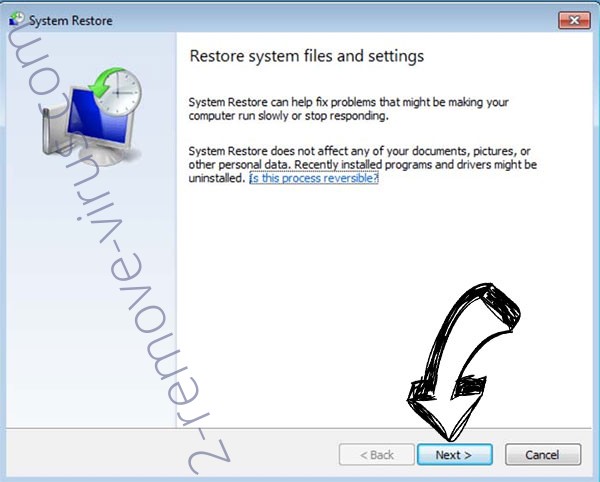
- Choose the restore point prior to the infection.


- Click Next and then click Yes to restore your system.


Site Disclaimer
2-remove-virus.com is not sponsored, owned, affiliated, or linked to malware developers or distributors that are referenced in this article. The article does not promote or endorse any type of malware. We aim at providing useful information that will help computer users to detect and eliminate the unwanted malicious programs from their computers. This can be done manually by following the instructions presented in the article or automatically by implementing the suggested anti-malware tools.
The article is only meant to be used for educational purposes. If you follow the instructions given in the article, you agree to be contracted by the disclaimer. We do not guarantee that the artcile will present you with a solution that removes the malign threats completely. Malware changes constantly, which is why, in some cases, it may be difficult to clean the computer fully by using only the manual removal instructions.
